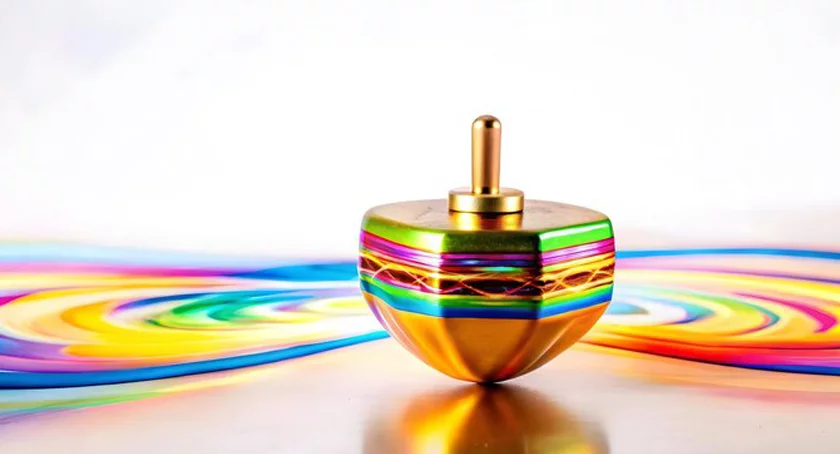
Overview
According to the Color Culture and Science Journal (2023), color isn’t just a design choice — it’s the single most powerful factor in consumer decision-making. Researchers found that within 90 seconds of encountering a product, people form an impression largely based on its color, which accounts for 60–90% of their decision. This split-second reaction can determine whether a customer picks up a product, clicks an ad, or walks away.
The Psychology Behind Color Decisions
Color choices happen mostly below conscious awareness. Instead of rational analysis, consumers rely on emotional cues and mental shortcuts triggered by hue, saturation, and contrast. Warm colors such as red and orange can spark excitement and urgency, while cooler tones like blue and green evoke trust, calm, and quality. Subtle differences in shade can tip the scales between curiosity and rejection.
Beyond Aesthetics — Strategic Implications
The study stresses that marketers must treat color as a core business decision, not a decorative afterthought. Packaging, branding, and digital interfaces that fail to align with audience expectations risk undermining otherwise strong campaigns. Even small missteps — like using a color associated with danger or mourning in a key market — can erode trust and reduce conversion rates.
Practical Takeaways for Brands
Test Color Palettes Early: Incorporate A/B testing or neuromarketing methods to validate emotional impact.
Adapt to Culture and Demographics: What feels premium or trustworthy in one country may feel outdated or off-putting in another.
Leverage Contrast and Readability: High-contrast color schemes improve usability and recall, especially for older audiences or mobile screens.
Stay Consistent Across Channels: Cohesive color usage reinforces brand identity and strengthens memory retention.
The Bottom Line
In a competitive marketplace where consumers are bombarded with choices, color acts as a silent persuader. By intentionally selecting hues that match your brand’s promise and your audience’s expectations, you can influence perception, drive action, and avoid costly strategic mistakes. As the research shows, the right color strategy can be worth far more than the most elaborate marketing plan.